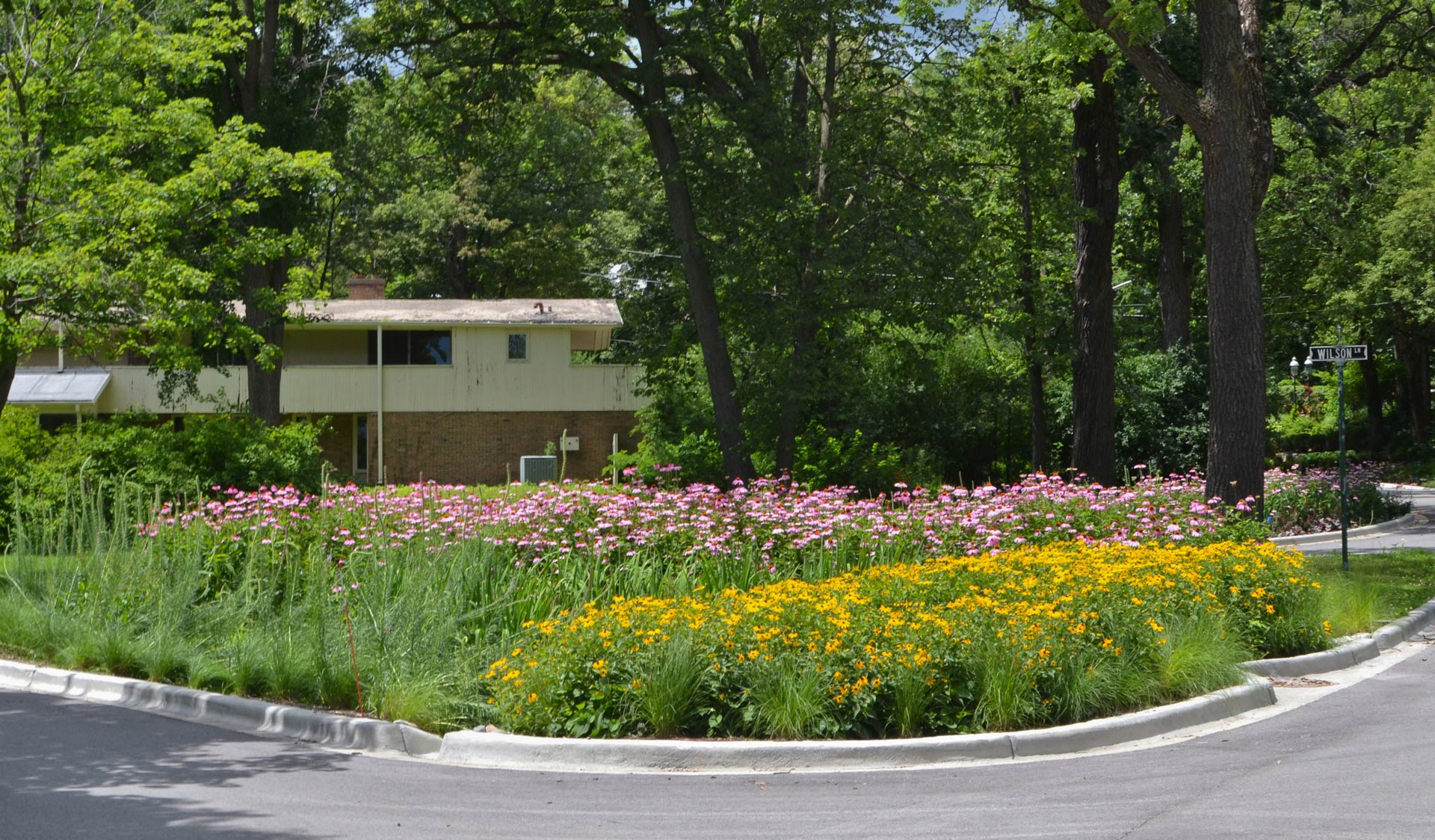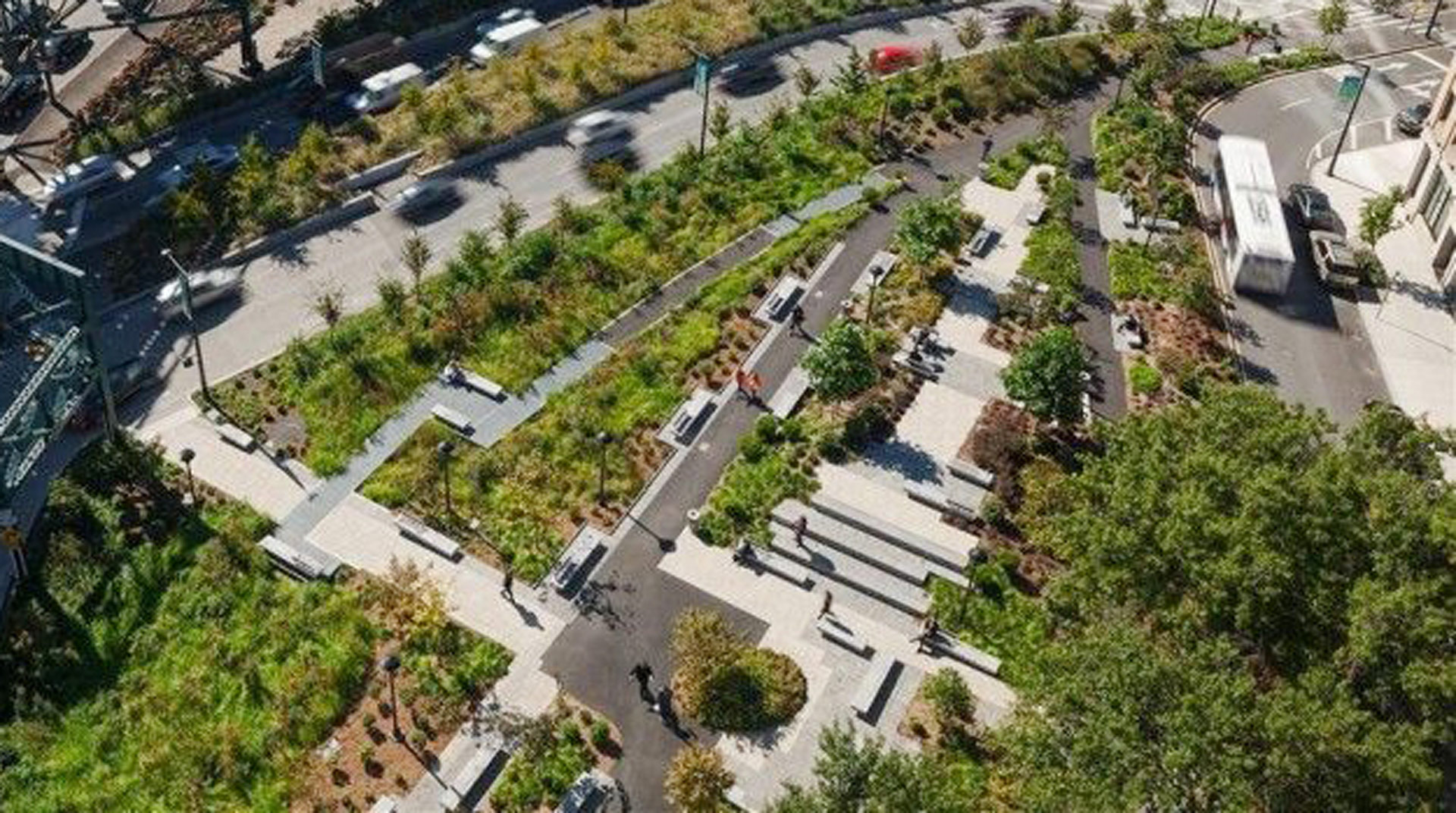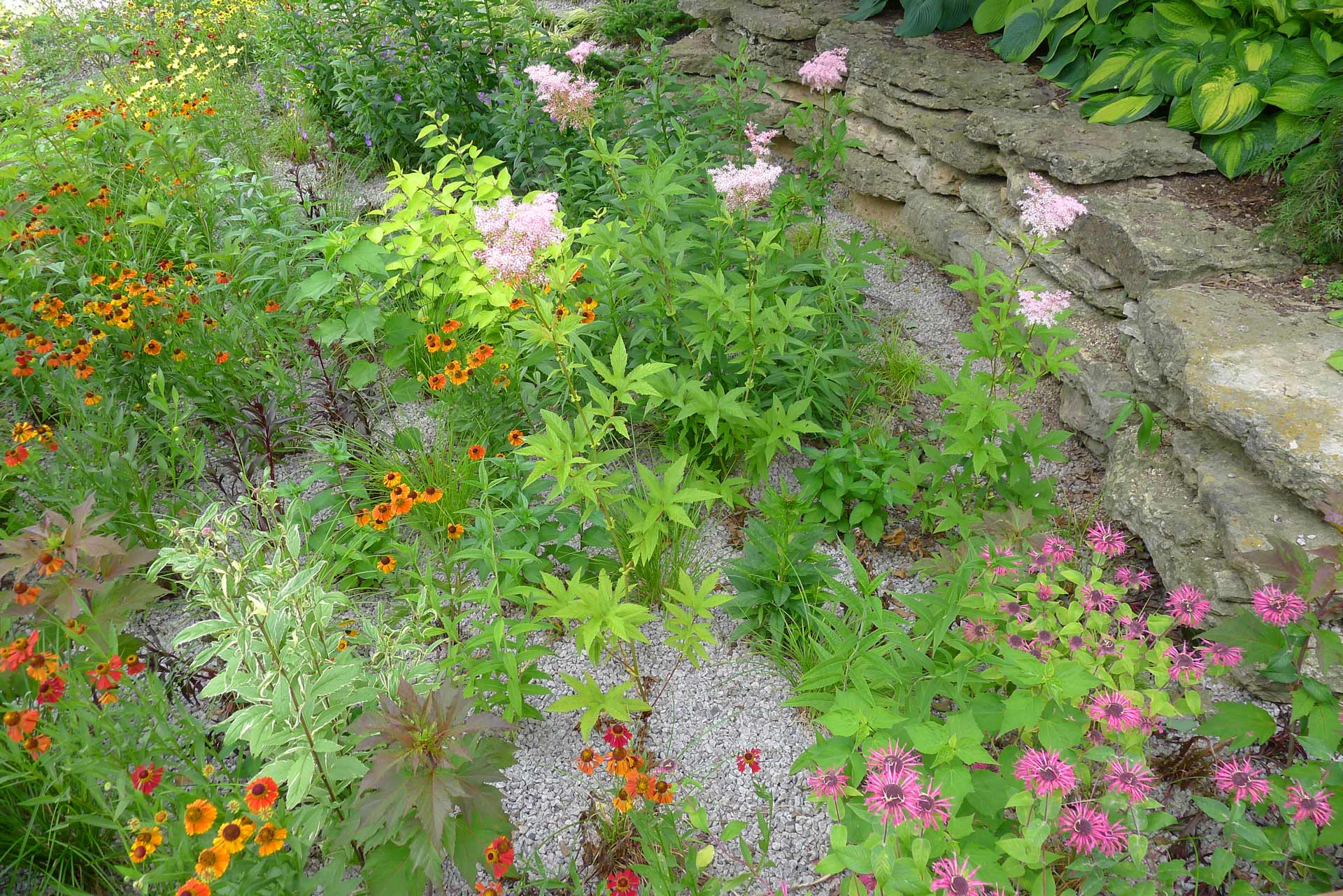Maywood Avenue Stormwater Volume Reduction Project, Toledo, Ohio
Challenge
In Toledo, nearly 20 percent of the city is served by a system where both sewage and stormwater are carried through the same pipes and treated at the same wastewater plant. Historically this hasn’t been a problem, but in recent years the system has often become overloaded during heavy rainfall. When this happens, stormwater mixes with sewage and overflows into area waterways, creating a flood hazard.
Project Details
- Location: Toledo, OH
- Population: 284,012
- Strategies: Building Bioswales, Building Rain Gardens, Green Streets
Overview/History
The City of Toledo is located in northwestern Ohio along Lake Erie. Its topography is mostly flat, consisting of approximately 80.6 square miles within Lucas County. The Maumee River, which flows through downtown, is a major environmental asset — attracting redevelopment and reviving the once barren waterfront.
According to the U.S. Census, Toledo’s population has been gradually decreasing since 2009. As with most “Rust Belt” cities, Toledo is nearly fully developed, and future development will not likely impact flood risk. However, the city faces important decisions about how to manage existing infrastructure in flood-prone areas and whether to shift development away from floodplains.

Solution
In recent years, the city addressed stormwater management issues by implementing green infrastructure techniques on a neighborhood scale. To create a broader, regional plan, the Green Stormwater Infrastructure (GSI) Task Force was formed. The group includes a range of partners from local and regional governments, federal and state agencies, local universities, environmental organizations, and consulting engineering firms.
One of the GSI’s projects is located on Maywood Avenue, a neighborhood located on the north side of Toledo that includes 66 lots, 46 containing homes. Demographics are typical of other well-established neighborhoods in the city.
The Maywood project actively engaged the community and used green infrastructure to reduce stormwater runoff and improve water quality. Green infrastructure components included bio-retention ponds, homeowner rain gardens, rain barrels, and pervious concrete pavements for sidewalks, driveways and alleys. The rain garden construction included excavation, soil preparation, native plantings, drainage pipes under driveways, and sidewalks to connect the areas.
The feature component of the project was the installation of a bioswale that spanned the length of both sides of Maywood Avenue. Residents could choose between buffalo grass, native flowers or street trees to plant in the bioswales in front of their homes. In exchange, they agreed to maintain the bioswales. In addition, the street was reconstructed with new curb cuts at the bioswales to drain the runoff and new, porous sidewalks were paved with a reservoir underneath to maximize temporary stormwater storage and infiltration.
After completion, the average amount of stormwater runoff along Maywood Avenue decreased 64 percent. This improved water quality and decreased flooding while contributing to neighborhood beautification. If successful over the long term, the project will be used as a model for retrofitting streets throughout the region.
Funding/Financing
The total cost of the project was $500,000, with $278,000 of that directed towards the green infrastructure components. Funding came from a variety of government sources, including:
- a 100% principle forgiveness subsidy from the Water Pollution Control Loan Fund;
- Green Reserve (20% Set Aside);
- Stimulus funds from the American Recovery and Reinvestment Act;
- Green Jobs Corps Youth Program-U.S. Dept. of Agriculture; and
- the Natural Resources Conservation Service and Lucas County funds.
Benefits
By implementing green stormwater infrastructure and maintaining it properly, this project not only reduces the likelihood of urban flooding in the Maywood Avenue corridor, it also improves local water quality. Additionally, the presence of new bioswales and plants has beautified the street corridor and increased property values. Residents are socializing and there is evidence of increased attention to environmental stewardship.


